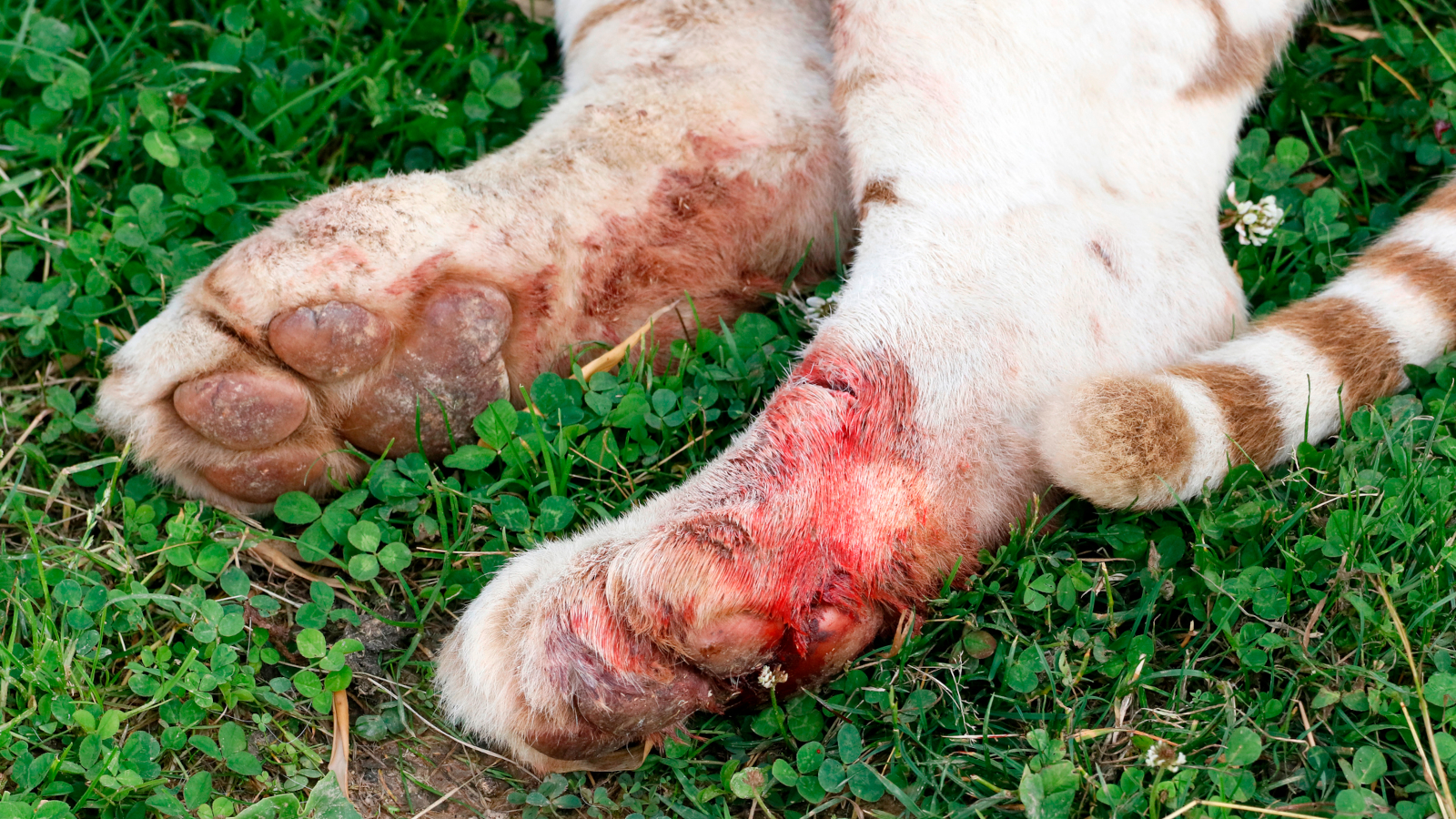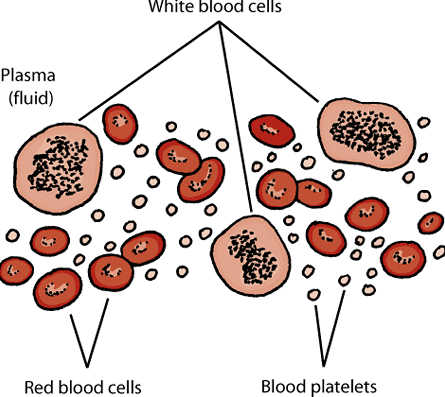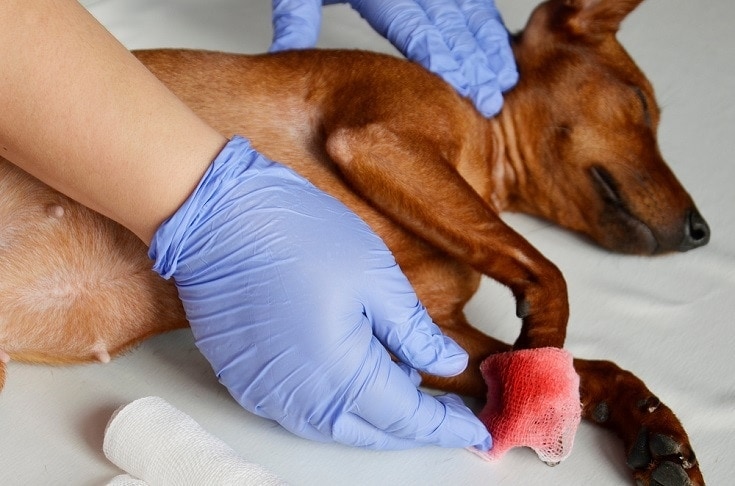Bleeding Disorder
What is bleeding disorder?
Bleeding disorders are a group of conditions in which there is a problem with the body’s blood clotting process. These disorders can lead to heavy and prolonged bleeding after an injury. In severe cases, bleeding can occur spontaneously on its own.

What causes bleeding disorder?
Normal blood clotting involves blood components, called platelets, and as many as 20 different plasma proteins. These proteins are known as coagulation factors. These factors interact with other molecules to form a substance that stops bleeding called fibrin.
Problems can occur when certain factors are low or missing. Bleeding problems can range from mild to severe depending on the individual condition.
Some bleeding disorders are present at birth and are passed down through families genetically. Others causes include bone marrow disorders, immune-mediated conditions (e.g. immune-mediated thrombocytopenia), and acquired conditions.
Specific bleeding disorders include:
- Hemophilia A, B, C
- Acquired coagulation disorders (e.g. rodenticide intoxication, liver disease, disseminated intravascular coagulation
- Thrombocytopenia (low platelets)
- Hereditary platelet function defects or Von Willebrand disease


What are the signs of a bleeding disorder?
Signs can include:
- Excessive bruising
- Purple/red spots on the gums or skin
- Bloody nasal discharge
- Swelling of the abdomen or breathing difficulties
- Weakness
- Increased respiratory and heart rate.
What treatment options exist?
Treatment of bleeding disorders are directed at the underlying cause. For active bleeding associated with a lack of clotting proteins, a veterinarian may recommend transfusion products (e.g. plasma transfusion). The prognosis varies depending on the individual pet’s condition.




